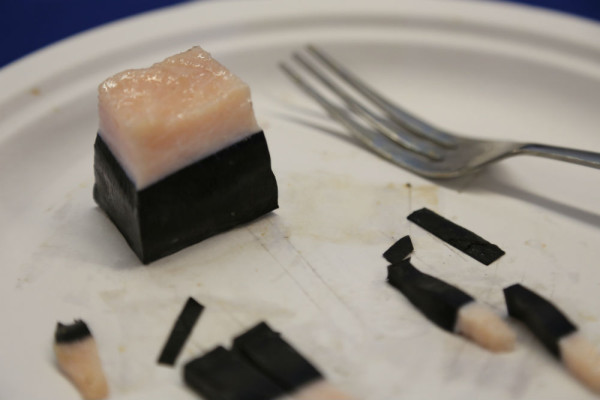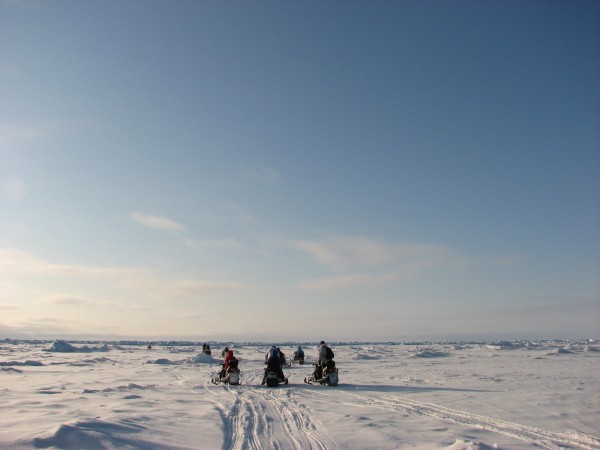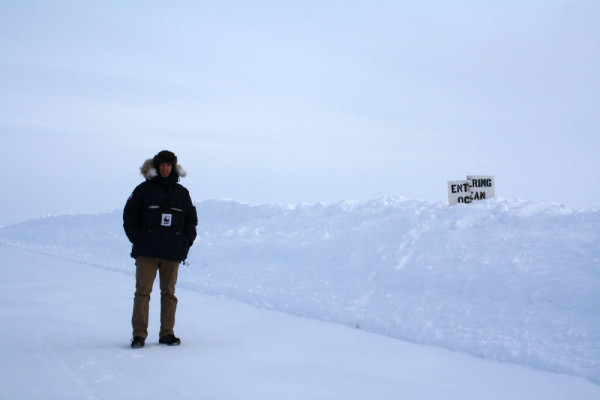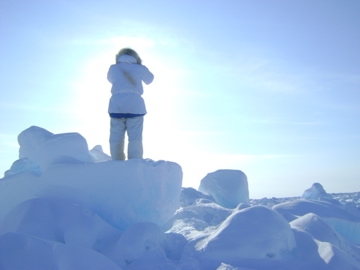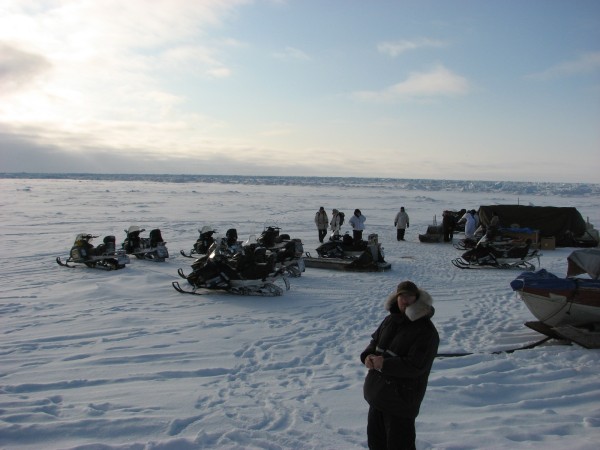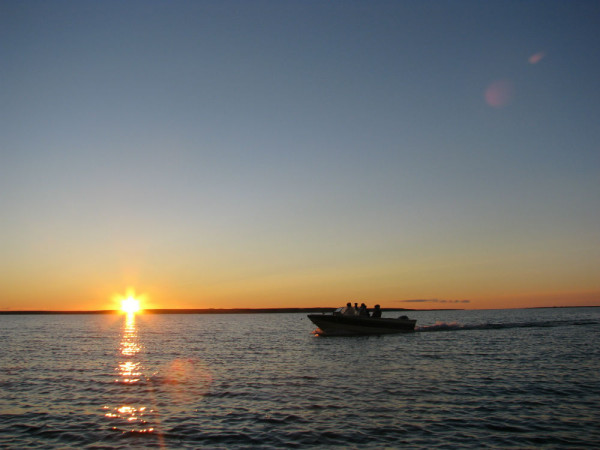The frozen ocean: Oceans Day dispatch from the Arctic
On Oceans Day, people across the planet recognize the value that they get from salty water. Around the circumpolar world, people’s interactions and values with their oceans are unique from the rest of the planet. That is because, for eight months of the year, much of the Arctic Ocean remains frozen.
In my visits to communities along the Beaufort Sea in Canada’s Western Arctic, I have heard many people describe the value that they receive for the ocean- both in its liquid and ice form. This blog will share what I have heard.
The ocean is their garden
“Without the animals from the sea, we would not be able to survive up here” says Frank Pokiak, chair of the Inuvialuit Game Council. Inuit and Inuvialuit derived a large portion of their traditional diet from the fish, seals, and marine mammals. Many studies have demonstrated the nutritional value of there traditional country foods, such as high amounts of Vitamin C in maqtaq (section of skin and blubber from whales).
The ice is their highway
Spring is an amazing time to be in the Arctic! With days getting longer, but remaining bitterly cold, quiet Northern communities become abuzz the sounds of snowmobile and the sights of hunters heading out onto the sea ice with their kamatiks (sleds) attached. The ice becomes their highway to travel to their camps and to head out onto the sea ice to hunt. In the Mackenzie Delta, the sea ice is also the final section of the Inuvik to Tuktoykatuk ice road (as pictured below).
The ice is the platform from which to hunt.
In the spring, hunters will travel onto the sea ice for a few hours or days at a time to hunt the marine mammals that have long sustained them. Travelling over pressure ridges (ice piled up into ridges from ocean currents and wind) and young ice (recently frozen, smooth ice), hunters will cautiously travel to areas of open water from which to hunt marine mammals and seals.
The ice is a classroom
Inuit have immense knowledge about sea ice and how to read sea ice conditions in order to travel safely on the potentially treacherous ice. Learning about sea ice takes years, and many hunters will share stories about how they have learned lessons about travelling on sea ice from their fathers or uncles. While on the ice, young hunters will also learn how to hunt and fish for animals, and will usually share in many stories of past hunting triumphs or close calls- all a learning opportunity.
The ice is their drinking water
Frozen sea water desalinizes, resulting in clean, fresh drinking water. If you spend time in Northern communities, you will soon learn that the best tea is made with ice collected from the sea, and I can attest to that. If you want to hear some amazing stories while up north, find a skidoo and sled and go pick up ice from the coast and bring it to an elder. Hot tea, doughnuts, and heartwarming stories will warm you up when you return.
Currently (as of May 16) there is still ice on the ocean. Even the mighty Mackenzie River alongside Inuvik is frozen and covered in snow. Because the Oceans does not “liquefy” until later in the spring, they do not celebrate Oceans Day in the North until early July. Last year, I attended Oceans Day events in Paulatuk (read blog here). And this year I look forward to attending Oceans Day in Sachs Harbour- a small community of 100 on the shores of Banks Island, and the northern most community in the Western Arctic. I will share another blog with you then…

